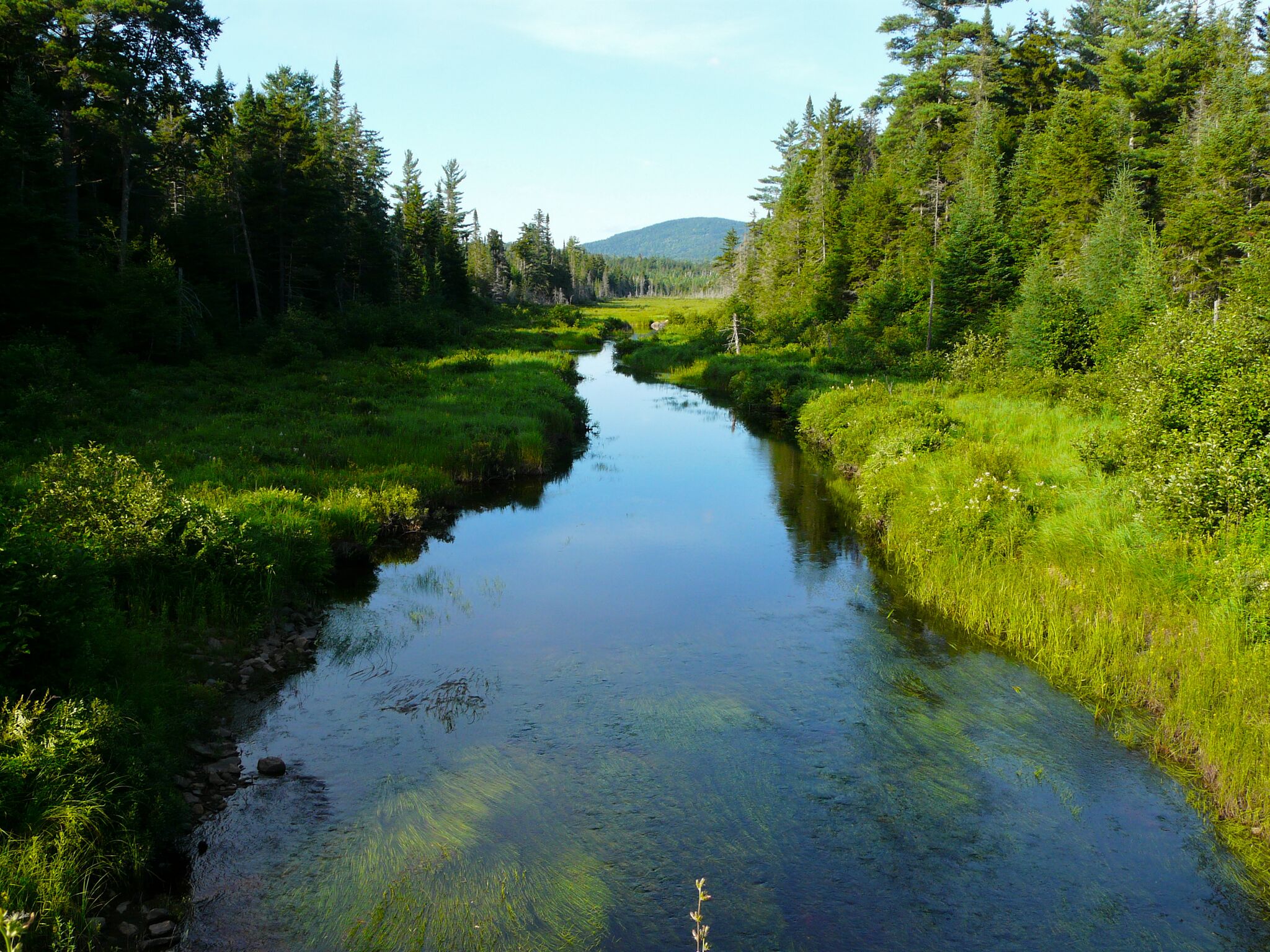
Even photos of nature can help restore attention and focus. Photo: Nicole Cline.
When Stress is the Problem, Nature is the Solution
Are you stressed out? Are you constantly staring at your computer screen? Do you have work-related tasks that seem to require every ounce of the focus and energy you can muster? If you answered yes to any of these questions, then you probably have experienced some sort of stress in your life due to the constant bombardment of directed attention tasks. What is directed attention? Directed attention tasks—such as working with Excel spreadsheets, writing an essay, analyzing data, staying attentive and engaged during meetings, or even reading this article—drain our mental energy. These types of tasks require your constant focus, or in other words, directed attention. According to a 2016 article by Carolyn Gregoire: “Psychologists have hypothesized that the constant demands of emails, notifications, and general busy-ness put a significant burden on the prefrontal cortex of the brain, the region involved in multitasking and higher-order thinking.”
Chronic overwork of the prefrontal cortex can actually be detrimental to cognitive functioning, creativity, and memory. Almost everyone—from high school students to medical doctors—has some degree of directed attention in their daily lives, which ultimately leads to attention fatigue. Did you know that there is actually a very simple solution that will increase your attention abilities and focus? Get outdoors! Simply being in nature can actually increase your memory, attention, and cognitive function because experiencing nature is effortless.

Think back to a time when you experienced complete peace in nature. Personally, I recall trail runs through the quiet and lush forests that surround St. Lawrence University. On one trail there is a dock that doubles as a bird blind overlooking a small pond. Simply taking a moment to stop and stare out at the marshy wetlands surrounding the clear and calm pond reminds me to breathe and take in the moment. Nature has this impressive power of restoring focus and bringing clarity to our lives – if we can just remember to notice it.
The idea of nature as a restorative agent is strongly rooted in Stephan Kaplan’s Attention Restoration Theory (or ART) which was proposed in 1995. ART is based on the premise that nature captures attention in a modest fashion because it is peaceful and provides us with interesting visual stimuli. This theory deals with two different kinds of attention, which are eloquently described by William James in The Briefer Course:
ART is based on past research showing the separation of attention into two components:involuntary attention, where attention is captured by inherently intriguing or important stimuli, and voluntary or directed attention, where attention is directed by cognitive-control processes.
Directed attention can only be stimulated for so long in order to function at an adequately high level. On the other hand, involuntary attention occurs in nature because you are exposed to stimuli that are interesting to you; you see fluttering butterflies, trickling streams, drifting clouds, and grass blown by the wind. You do not have to exert energy by experiencing these types of stimuli, instead your brain just takes in everything you see. Psychology researchers from the University of Michigan, Berman, Jonides, and Kaplan state: “We concur that there is an important peaceful element to nature, but believe that this peacefulness is driven by natural environments capturing attention modestly and limiting directed attention—not to sheer quiescence alone.” In other words, we find natural scenes because peaceful, calming, and ultimately restorative because they do not require constant directed attention.
A 2008 study performed by the Michigan researchers reported that students who took walks in nature performed significantly better on directed attention tasks than those who walked in urban settings. Study participants were asked to perform a backwards digit span task: they heard a number with 3-9 digits and were then asked to repeat the number backwards. One group of participants was assigned to walk in a secluded arboretum for 50 minutes and the other group was assigned to walk in downtown Ann Arbor on a busy street for 50 minutes. After their walk, each participant was asked to complete the backwards digit span task again. Participants who were exposed to nature were better able to recall the numbers than their street walking counterparts.
Berman et al. attribute the cognitive boost observed in park walkers to the restorative effects of nature. Those in the urban settings were still using directed attention because one must focus on potentially dangerous stimuli (such as cars) when in an urban setting. In a second study Berman and colleagues had subjects look at pictures of natural and urban settings before performing a task that required directed attention. They found that even looking at pictures of nature boosts cognitive performance more than looking at pictures of urban environments.
A similar study performed by Bratman, Daily, Levy, and Gross in 2015 links exposure to nature with reduced anxiety and negative feelings. They found that nature can also protect or restore your positive affect, a pyschologist's term for happiness. This evidence exposure to nature can actually boost your mood, which is welcome news because it's also significantly cheaper than any products touting to make us happier.
These studies show us that when engaging in directed attention tasks for extended periods of time, exposure to nature can help improve your performance and memory. So what can you do? Go outside on your lunch break, take a walk through a wooded area or a nearby park, or keep pictures of natural scenes in your office or workplace. These simple remedies can enhance your focus, and your overall well-being, throughout the day.
In a world where we are increasingly inundated with technology it's important to remember to go outdoors and take advantage of what our own backyards have to offer. The North Country has countless protected forests and hiking trails; rivers, ponds and lakes for canoeing, kayaking, and fishing, cross country ski trails, bike paths, and so much more. Simply taking a small amount of time out of your day—as little as 50 minutes—can make a difference in the way you focus and process information. So get outside and let nature do the work for you, because if you do, a more productive life is on the horizon.

